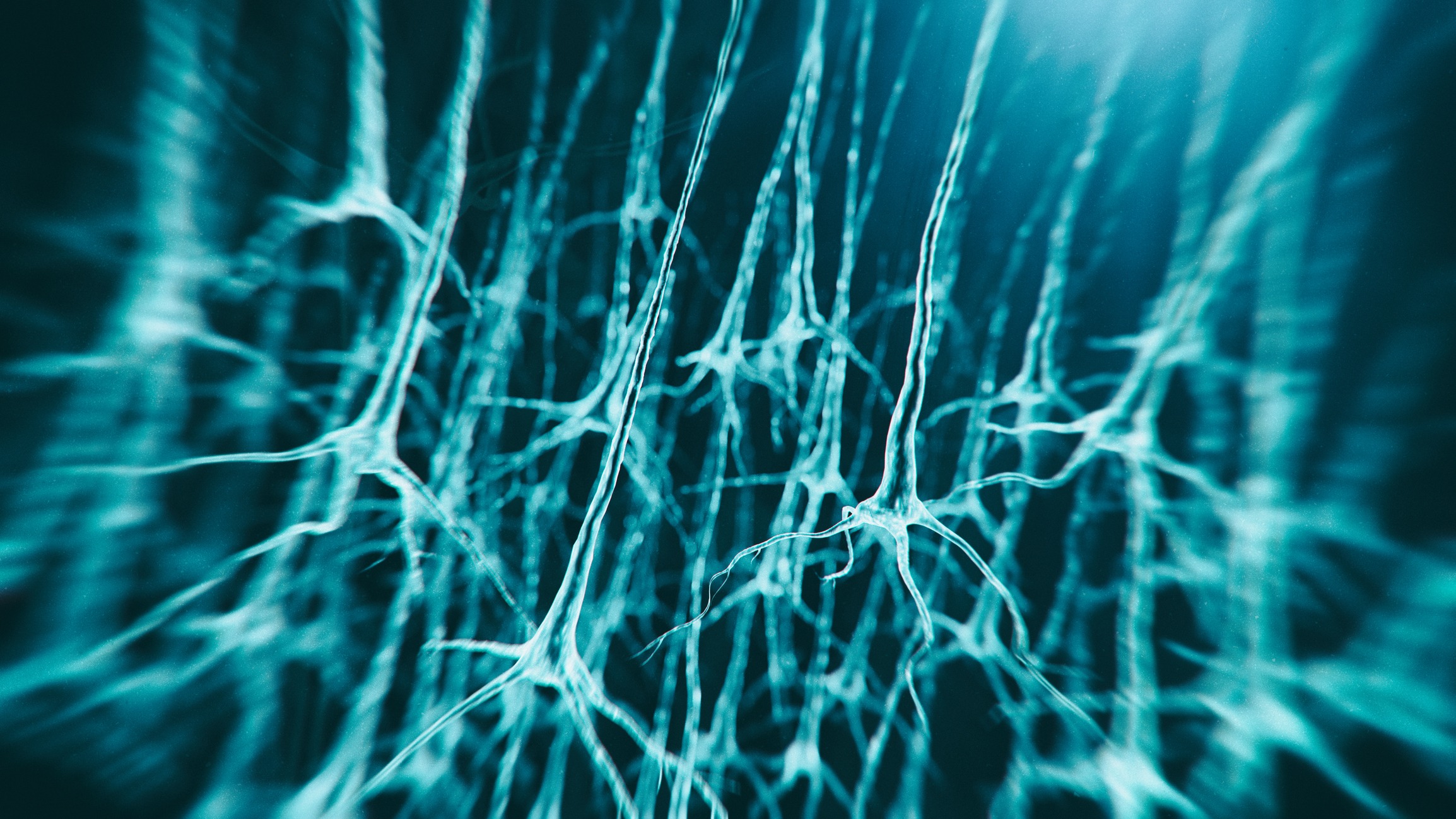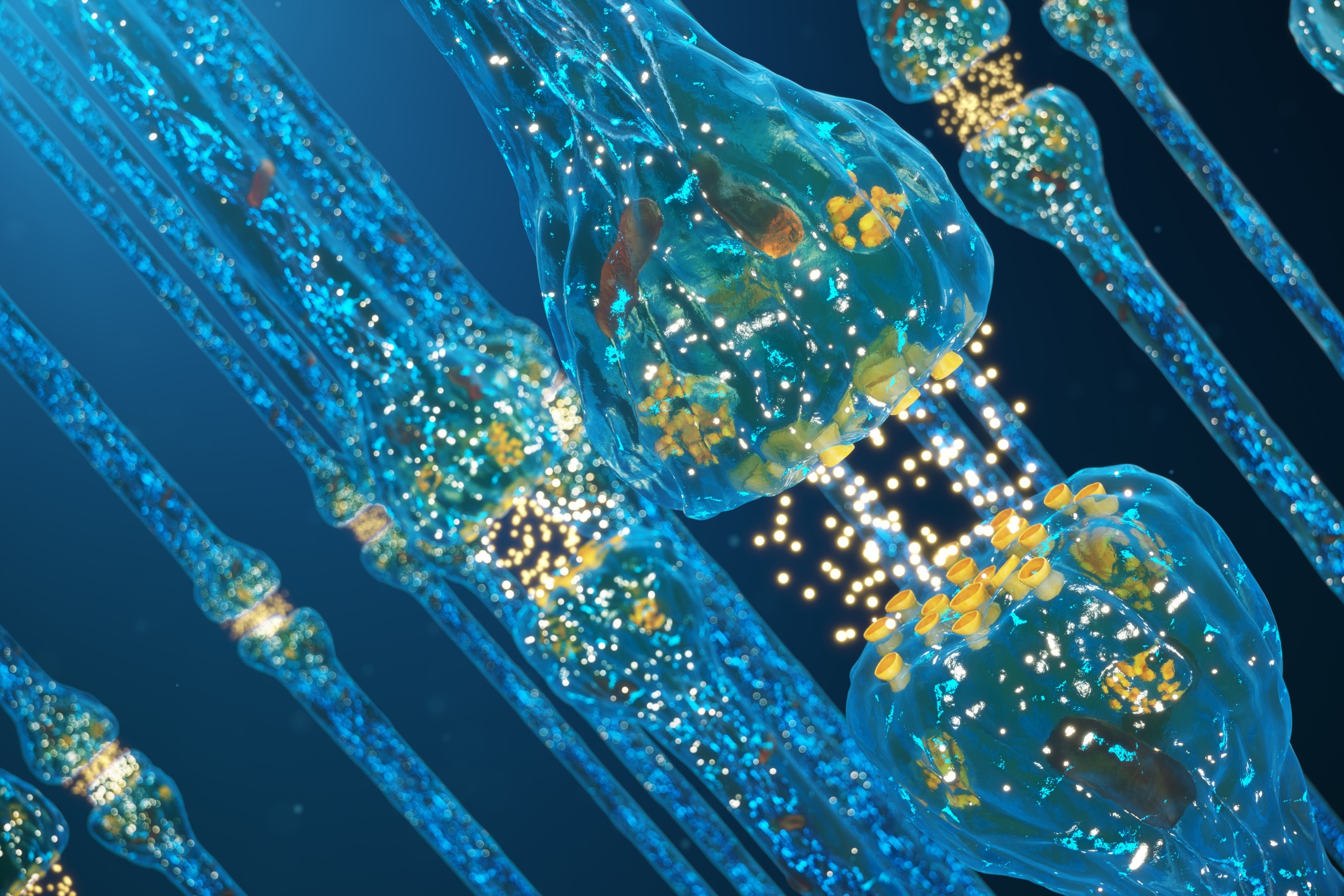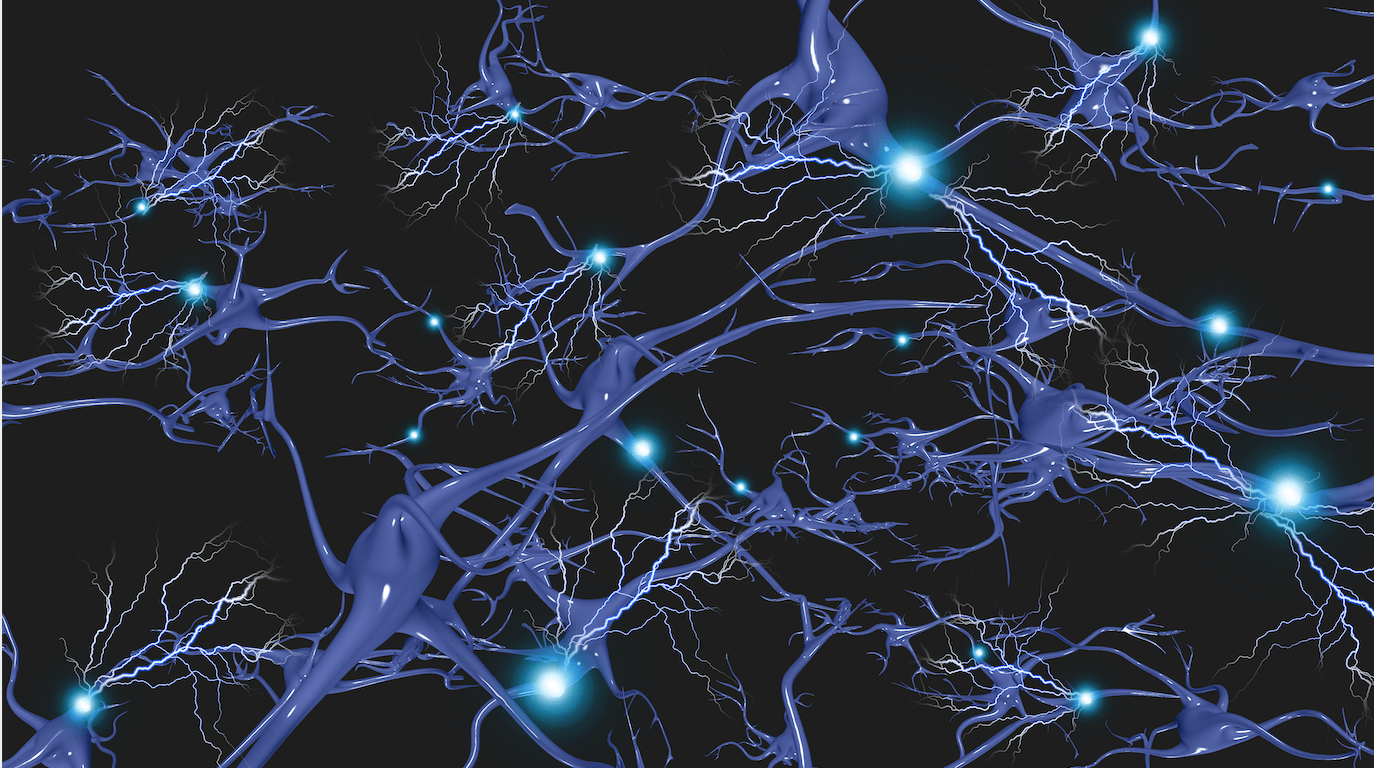Knowing How
Pain Happens
Gives You More Power
Basic Biology and Mechanics of Pain
Pain is a specific, biological, mechanical process in the body that involves nerves, neurology, the brain, actual tissue damage, and the linkage of all those systems.
Likewise, there are specific ways that medication can control pain in the body.
- Medication can work at the synapse, the gap at the end of a nerve, where the chemical impulse is passed to the brain. This is a very specific, direct treatment and there are 20 subtypes of serotonin receptors.
- Medication can affect the nerve membrane, which is a less specific, pre-synaptic target.
- There are medications that can also inhibit the natural transmitters by blocking the release or receptor sites.
- And, there are also medications that block re-uptake. These are known as re-uptake inhibitors and you may be more familiar with them as treatments for depression or anxiety.
ReliefConnection.com
We are your CBD Connection. Seeking deep pain relief & support from the inside out? ReliefConnection.com is a trusted source for quality CBD products we believe can make a difference for people living with chronic pain and anxiety, seeking better sleep and supporting general wellness. Enter Code RELIEF10 for a discount at checkout!
Featured Resource
How does pain – and related medication – actually manifest?
To understand how pain medications work, we need to understand how pain works.
And that takes a modicum of neuroscience. Sounds complicated, but we’ll try keep it simple.
Stay with us, here goes…

It begins with a receptor sending a signal via a neuron. A neuron is a nerve cell, the basic functional building block of the nervous system. The brain sits atop the nervous system and is estimated to contain around 85 billion neurons. Yes, billion. Our brain basically is neurons, which means neurons shape our perception of things, including all our senses and also the feeling of pain.

To control pain, a medication needs to control the transmission of information between neurons so that the brain receives less pain signals. Multiple neurons are involved before the brain receives the signal. Think about stubbing your toe (Ouch!). The signal has to travel super fast from toe to brain via the foot, the leg and the spine. Between every pair of neurons there’s a gap.
The gap is called a synapse, which is a microscopic space between the two neurons. In order that the signal keeps going to the brain from neuron to neuron they release chemical signals that travel across the gap and allows the signals to jump from one neuron to another.

Controlling this transmission process is the key to treating pain. But there is more than one way to control the transmission. So, we need to look at the mechanics of transmission across these synapses.
The chemical signals that cross the synapse gap are called neurotransmitters. When the presynaptic neuron is excited by an electrical signal from the receptors in that toe it causes the release of neurotransmitters into the synapse to receptors on the next neuron.

The neurotransmitters travel across the gap and stimulate receptors on the postsynaptic neuron.
Neurotransmitters bind to these receptors and can cause an action to occur in the postsynaptic cell. However, it gets a little more complicated here because the action may involve increasing the likelihood that the postsynaptic cell will become activated to send the signal along (excitation) – or decreasing the signal (inhibition) and reducing the likelihood the transmission continues.
Finally, the neurotransmitter molecules must be cleared from the synapse for the transmission to stop.
Some of them will simply drift away in a process called diffusion. In some cases, the neurotransmitter is taken back up into the presynaptic neuron in a process called reuptake.

Reuptake is like your neurons recycling the transmitters. Once back inside the presynaptic neuron, the neurotransmitter can be reused. In other cases, enzymes break down the neurotransmitter within the synapse. Then the component parts can be sent back into the presynaptic neuron to make more neurotransmitter. It’s all pretty clever and super-efficient.
Medications can influence every step of this process in one way or another.
Think of them like precise wavelengths that can increase activity by triggering the release of neurotransmitters, stopping the reuptake, or recycling of neurotransmitters, and by mimicking the neurotransmitter to produce an action.
Medications can also work by decreasing activity by stopping the release of neurotransmitters, increasing the breakdown of the material in the synapse, and blocking the receptors from receiving the transmission in the postsynaptic neuron.
You made it!
Look, we know that was a lot to cover, but it’s key for you to understand the neurology and biology involved with pain.
Because once you understand more, you can make specific choices that can diffuse your specific pain.

